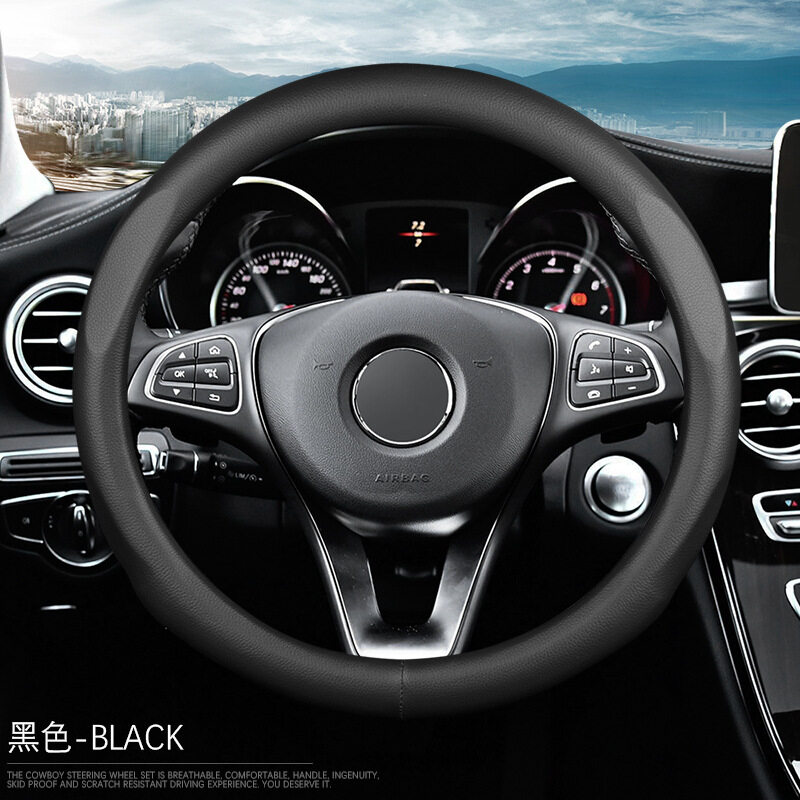
In a preliminary report from May, the NTSB said it tested a different Tesla vehicle on the same road, and the Autopilot driver-assist system could not be fully used. Both the 59-year-old owner and the 69-year-old passenger were killed. on Hammock Dunes Place, a two-lane residential road.

The car traveled about 550 feet before leaving the road on a curve, going over a curb, hitting a drainage culvert, a raised manhole and a tree. The fatal trip began at the owner’s home near the end of a cul-de-sac, and home security video showed the owner getting into the driver’s seat and the passenger entering the front passenger seat, the report said. The update report left unclear how or why the driver unbuckled the seat belt and changed seating positions, although it said the crash damaged the Tesla Model S’s high-voltage lithium-ion battery case, where the fire started. The agency will make those determinations in a final report. The NTSB said it is still looking into Autopilot, whether the men could have had trouble getting out of the car, driver toxicology tests and other items. The investigation is continuing, and the agency made no determination as to whether Tesla’s Autopilot partially automated driver-assist system was running at the time of the crash.


Data from the car’s fire-damaged event data recorder revealed that at times, the accelerator pedal was pressed as high as 98.8%, the NTSB report said. The agency said the car was traveling up to 67 mph in the five seconds leading up to the crash, and the driver was accelerating. Deadly driverless Tesla crash near Houston (credit: KTRK-TV)


 0 kommentar(er)
0 kommentar(er)
